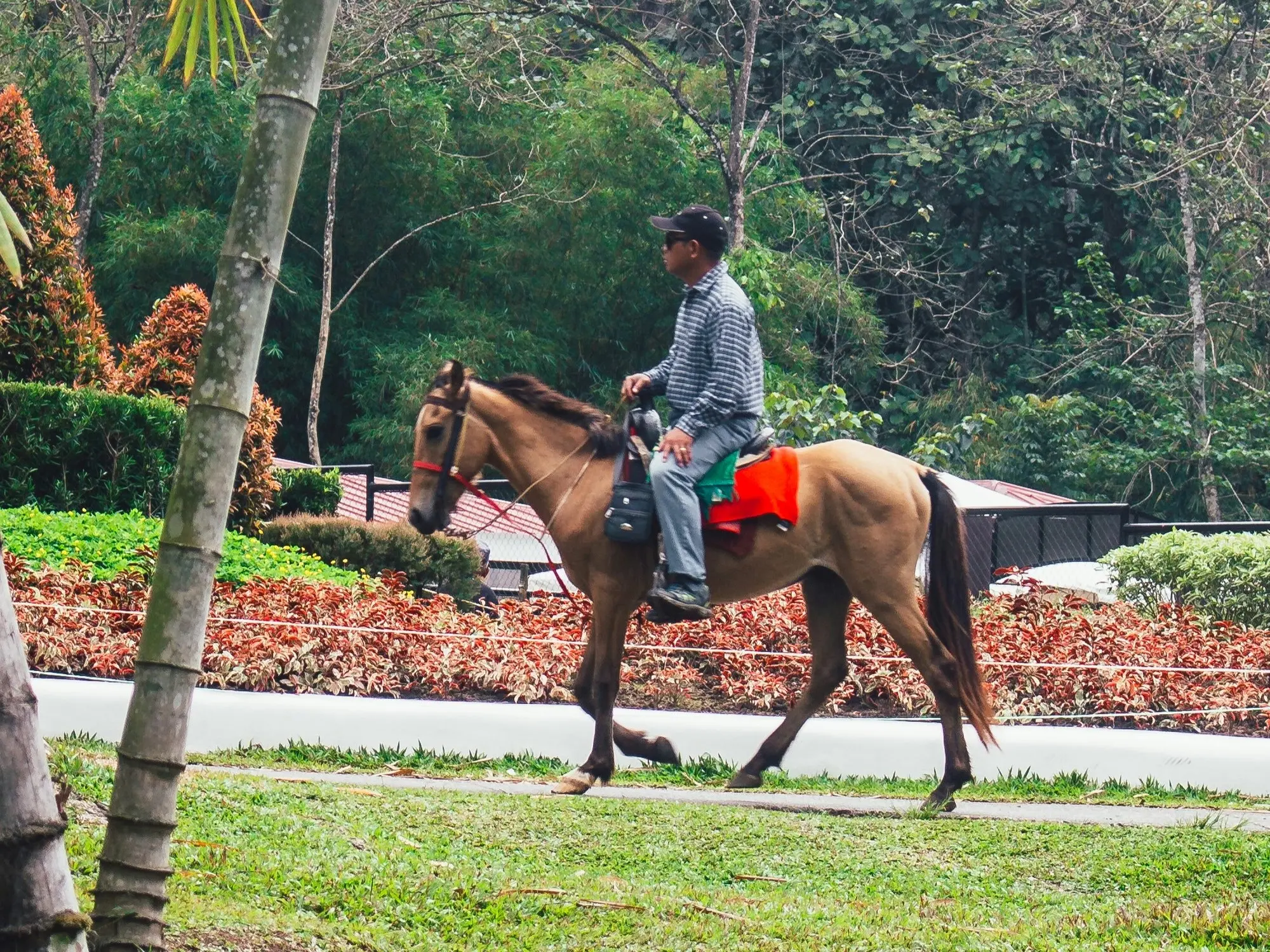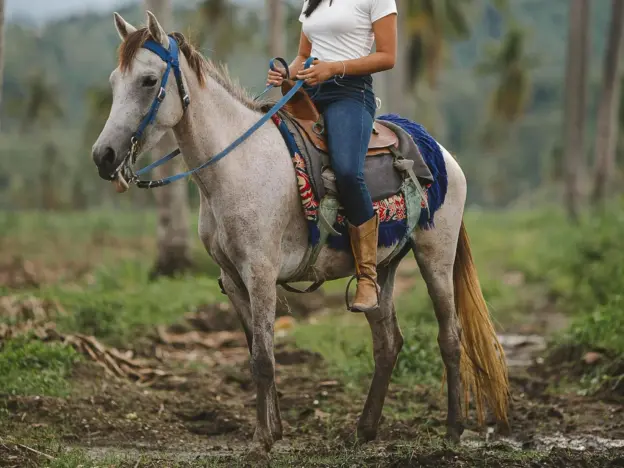Intro
Similar to the Baguio Pony, the light horse of the same name derives from horse stock brought into the Philippines by Chinese, Brazilian and South American dealers or traders, who then abandoned their animals.
Origins
The various breeds that were the basis of the Baguio Light Horses and ponies made for a rather lovely small horse. Due to the extreme local weather, they also bred tough and resistant. There was likely a type of Southeastern Asian pony found on the islands, but during Spanish conquest there was an influx of larger animals.
In the mid 18th century, the Peruvian colonies regained independence from the Spanish. Horse imports ended and abandoned or released animals were left to fend for themselves. The tough climates found in this nation shaped the survivors into a hardy (but small) bunch. The few remaining animals were infused with Spanish and Arabian horses to increase numbers while improving quality considerably. Due to lack of serious breeding programs their bloodlines have become muddy.
It should be noted that the DAD-IS lists both horse and pony as Philippine Pony, so they are not officially counted as separate strains. However, the images we found showed different types. The small ponies are obvious members of the Southeast Asian pony group. However, some of the larger animals are clearly more refined horses and speak to Arabian influence. The example above is a fine example, thinner and less robust, but the head is unmistakably influenced by the desert breed.
Features
Average height 13.2 – 13.7 hands
Physique
Head is rough
Neck is short
Shoulder is beveled
Medium length back
Bushy mane and long tail
Hooves are hard
Traditional Colors
Temperament
Kind and forgiving
Use
Trail horse
Riding horse
Transportation
More Images

